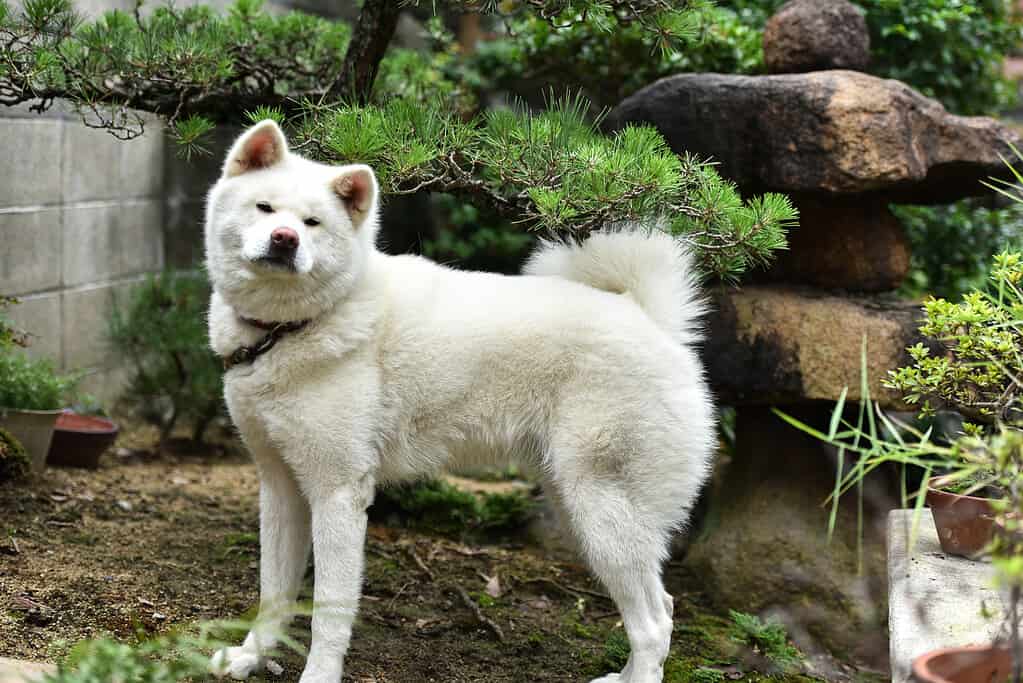
Akitas originate from Japan and nearly went extinct during WWII like their smaller cousins, Shiba Inu.
©iStock.com/Harada Tatsunari
It is an unfortunate fact that some animals go extinct from natural causes or human intervention. Conservation laws aim to protect endangered animals, but sometimes efforts fail, and the breed is gone forever. Shockingly, many dog breeds are extinct due to war, disease, or lack of purpose.
However, many dogs are saved from extinction thanks to the hard work of dog enthusiasts and dedicated breeders.
Join us, as we discuss several popular dog breeds that nearly went extinct, what caused their decrease in numbers, and how they are faring today.
Irish Wolfhound
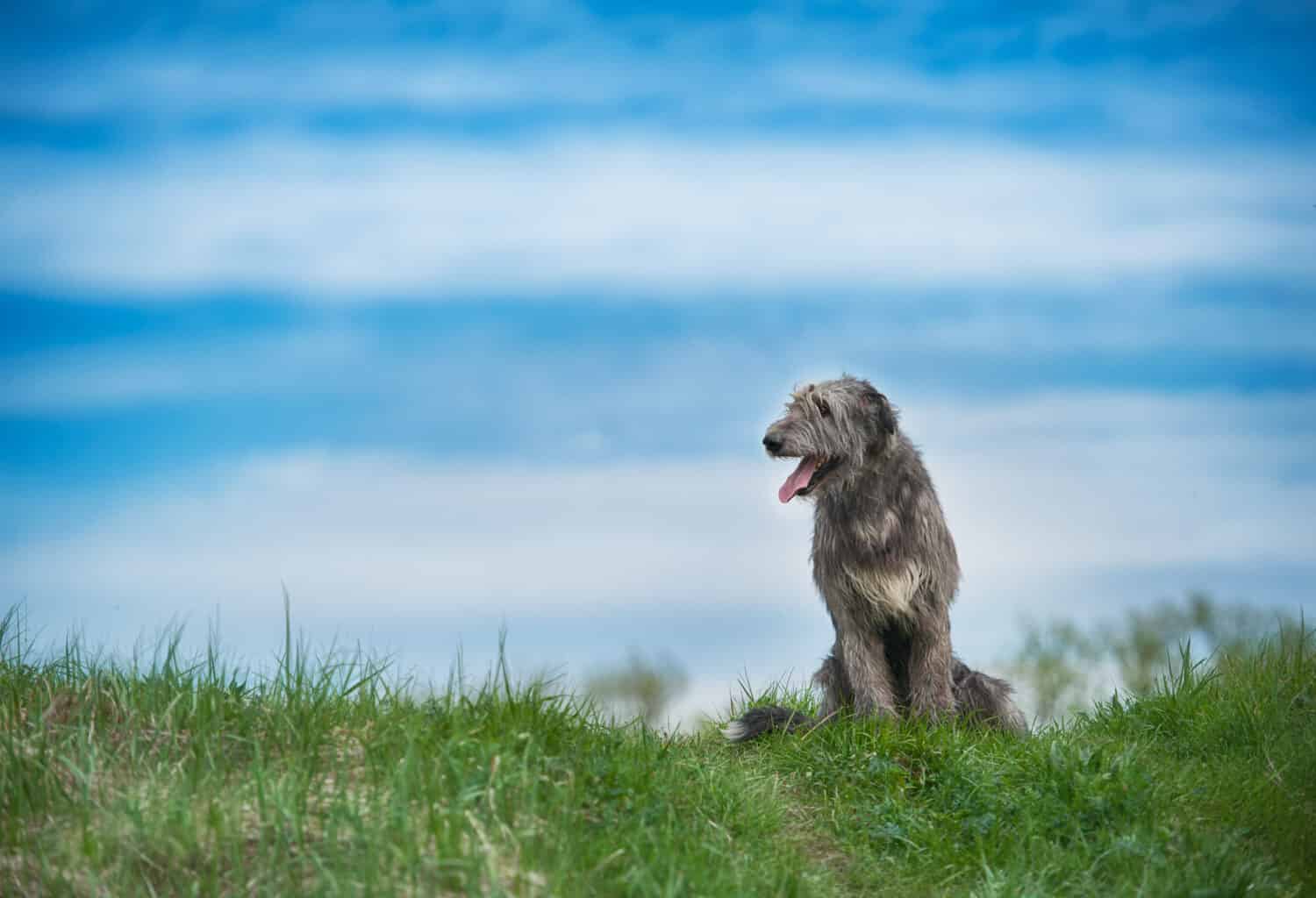
Irish wolfhounds make lovely companion animals, but they do not live long lives.
©BORINA OLGA/Shutterstock.com
Born in Ireland, the Irish wolfhound is bred to track and hunt wild wolves. These dogs are exceptionally tall and fast and have a grayish-black color to help them blend into the woods. Additionally, they are capable guard dogs, protecting farmers and their crops from predators.
In the 1800s, the breed nearly went extinct because of the eradication of the local wolf population. Without wolves to hunt, the breed did not have a purpose anymore. Also, the Irish wolfhound was given as a gift to the nobility. In 1845, the Great Irish Potato famine reduced their numbers even further and the breed was believed extinct.
Irish wolfhound fan Captain George Graham of the British Army bought land in Gloucestershire where he could breed his Irish wolfhound with other dogs to revive the population. He bred a few Irish wolfhounds with deerhounds, borzois, mastiffs, and Great Danes.
The Celtic Revival in 1885 aimed to restore Ireland’s traditions, including reviving the wolfhound population.
Today, the breed is still incredibly rare, with nearly 1000 remaining in the world.
King Charles Cavalier Spaniel

Due to constant inbreeding, Cavalier spaniels suffer from a variety of genetic diseases.
©fotyma/iStock via Getty Images
Born in England, the King Charles Cavalier spaniel (KCCS) was the favorite breed of King Charles I and II. During their reign, the breed flourished and was one of the most popular dogs in the country for companionship and comfort.
During the 17th Century, the KCCS nearly went extinct because it fell out of favor with the royal family. When King Charles II died, King William III and Queen Mary took over. Queen Mary favored pugs and pushed for breeding them instead of spaniels. The spaniel breed was neglected, and their population diminished.
Then, WWII brought additional hardships with minimal resources and fewer breeding programs, leaving the KCCS on the verge of extinction.
Thankfully, six dogs survived and interbred to help revive the population. Foundations, breeders, and KCCS fans supported the breed and brought them to America.
Today, the KCCS is a popular show and family dog. Unfortunately, due to inbreeding during their revival, most KCCS’ have genetic heart or eye problems. As of 2020, the American Kennel Club lists the breed as vulnerable in parts of Britain.
Shiba Inu
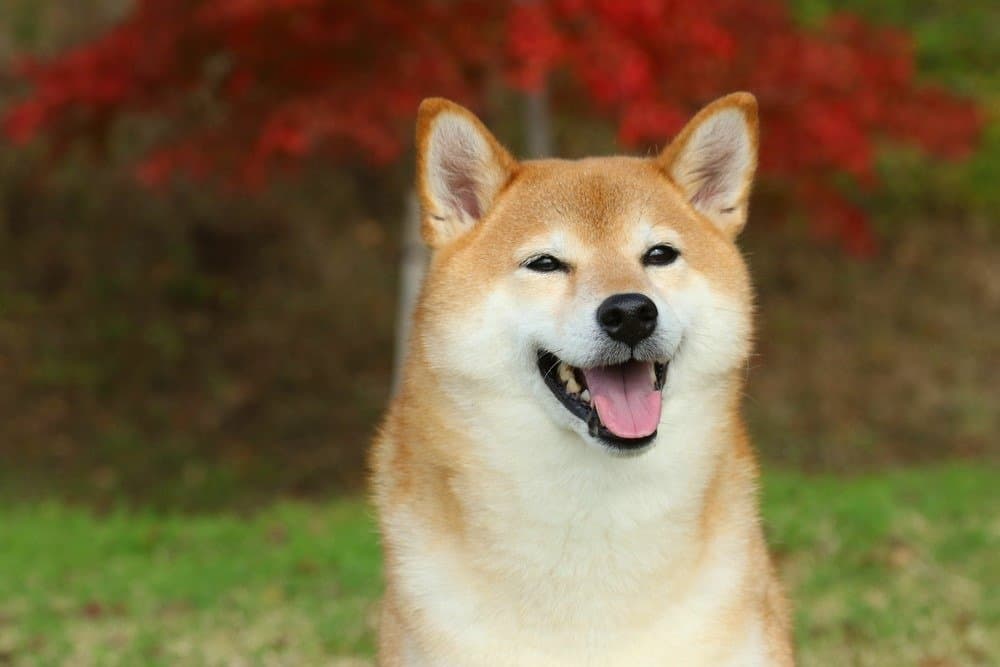
Similar to cats, shiba inus prefer to stay clean while carefully observing their environment.
©Rin Seiko/Shutterstock.com
Shiba Inu is one of the few dogs born and bred in Japan. Originally, Shiba Inu’s were bred for hunting small game like rodents and birds but could be capable of hunting boar.
The breed nearly went extinct in the 1940s, amid WWII conflicts. Japan was suffering from nationwide food shortages and bombing raids, which killed thousands. Additionally, a distemper epidemic was sweeping the country. Distemper is a contagious and serious viral infection that attacks the lungs, gut, and nervous system of dogs. Without proper vaccinations, it can be lethal.
Post-war breeding programs and protective laws by the Japanese government revived the shiba inu. The most popular variant today is the Shinshu.
Today, Shiba Inu is Japan’s national treasure. They are the most popular companion dogs in the country, with approximately 600,000 living around the world.
Old English Bulldog

The current version of bulldogs hardly resembles the original
bulldog
breed that fought bulls.
©Kassio KM/Shutterstock.com
Born and bred in England (as the name suggests), the Old English bulldog is a favorite breed for many families. Originally, they were bred for bull baiting, an archaic sport where dogs would attack tied-up bulls for sport.
In 1835, bull baiting became illegal, and the breed lost its popularity. Without a purpose for the breed, the bulldog population declined over the next 10 years.
Bulldog enthusiasts worked with breeders to revive the breed, modifying them to create a new bulldog with aesthetically pleasing characteristics (shorter snout, broader shoulders, nub or no tail, less aggressive personalities).
Today, Old English bulldogs are highly popular show dogs and are admired for their unique attributes. However, their modifications are incredibly detrimental to their health, and they are one of the breeds with the most health issues.
Chihuahua
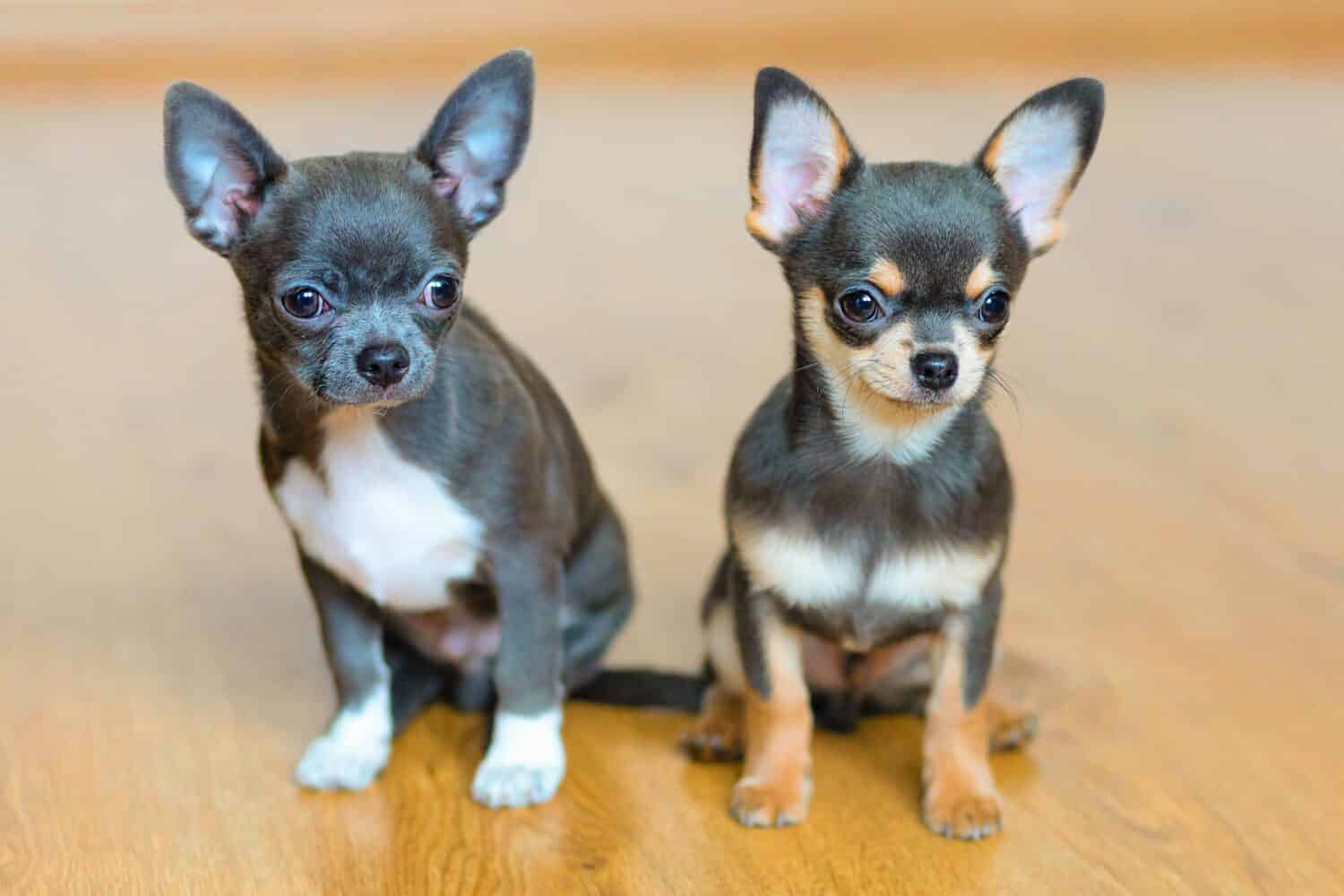
Families love owning Chihuahuas because of their small size and large, feisty personalities.
©ElenaYakimova/Shutterstock.com
Chihuahuas have a long history of companionship with humans. They are prominent throughout South America and Mexico and are bred for hunting small mice on farms.
In the 1500s, Hernan Cortes exterminated thousands of Aztec people. He also wiped out the resident Chihuahua population. Techihi, ancestors of the Chihuahua, were completely eradicated and lost to humanity.
On a journey to Chihuahua, Mexico, U.S. author James Watson and colleague Owen Wister purchased one of the small dogs, bringing it back to the States where they gained immediate popularity. The dog was bred with other small dogs to create various types of Chihuahuas.
Currently, Chihuahuas are one of the most popular toy dog breeds.
Lagotto Romagnolo
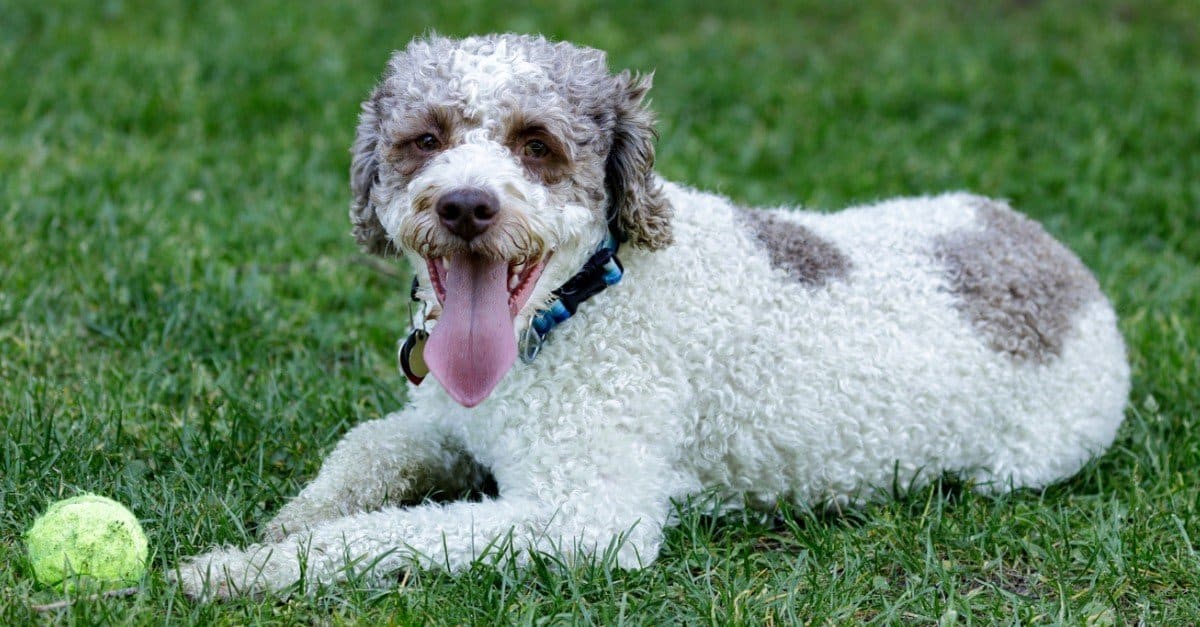
These dogs are known as “duck dogs” for their ability to successfully chase and catch ducks.
©iStock.com/yhelfman
The Lagotto Romagnolo comes from Romagnolo, Italy. These are hunting types that have webbed feet, allowing them to easily chase and capture ducks. In fact, the Lagotto Romagnolo are an ancient breed and one of the world’s oldest water retrievers.
In the 1970s, the breed nearly went extinct because the flatlands in Emilia and Romagna dried up. Without the wetlands to forage, the duck population evacuated. In turn, the Lagotto Romagnolo lost their purpose and breeding declined. Also, the new region offered better truffle hunting opportunities, which the breed was not capable of.
A team effort of breeders, veterinarians, and dog lovers, led by Dr. Antonio Morsiani and Lodovico Babini, brought the breed back.
Today, Lagotto Romagnolo is incredibly popular due to their hypoallergenic coats, small size, and affectionate personalities.
Chinook
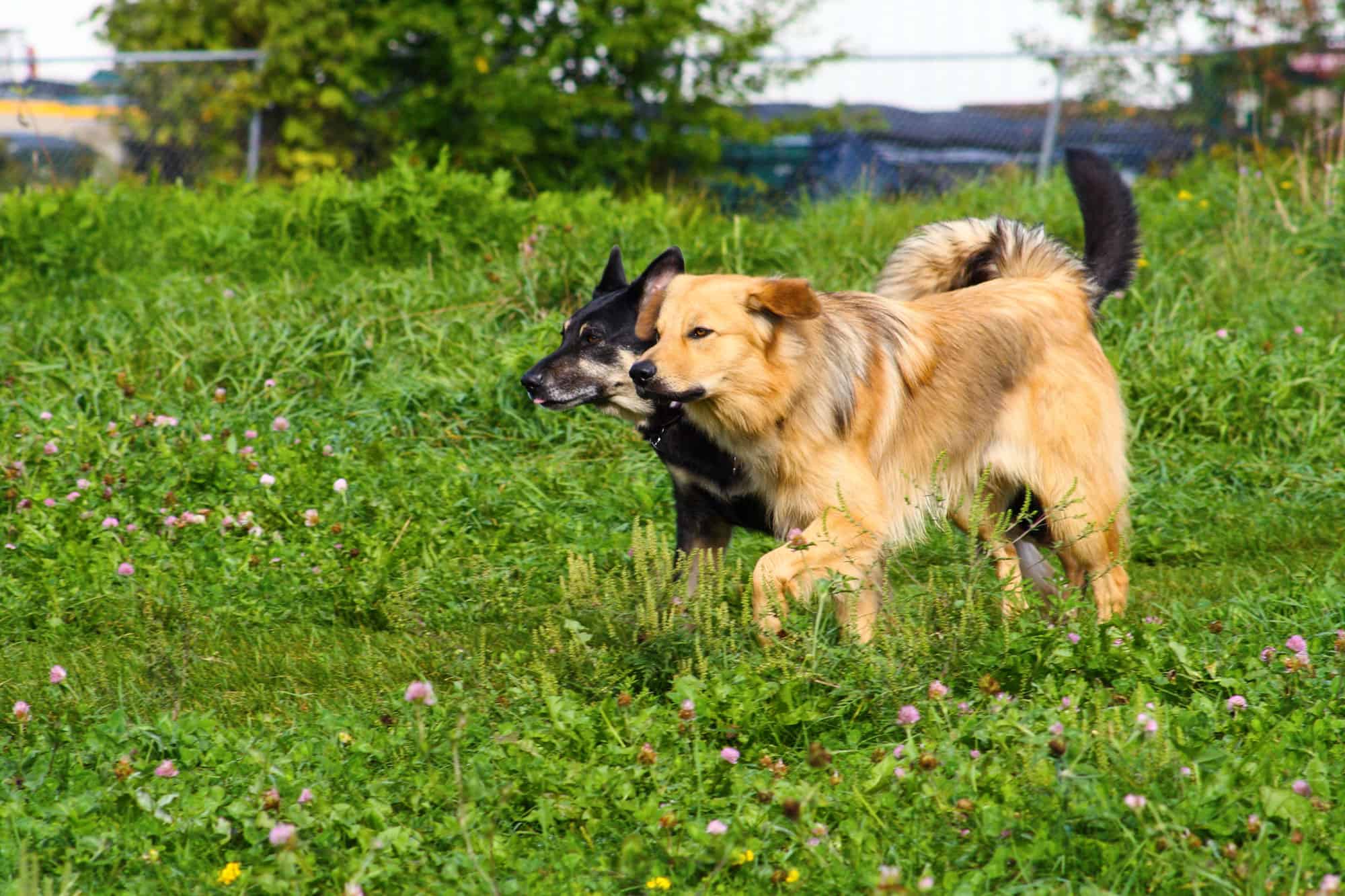
Despite being outshined by huskies, Chinooks are highly intelligent dogs and lovely family pets.
©Nick Chase 68/Shutterstock.com
Chinooks are a dog breed designed for cold weather. They come from the upper regions of North America along the Columbia River, along with the Chinook people. Chinooks can handle extremely cold weather thanks to their thick coats and excellent stamina.
The breed went nearly extinct twice, in 1966 and the 1980s. At their peak, Chinooks were popular sled dogs. However, they lost relevance due to Siberian huskies becoming the de facto sled dogs.
Today, Chinooks are a rare breed, with the AKC reporting they are on the verge of extinction. The Guinness Book of World Records listed them as one of the rarest dog breeds in the world.
Otterhound

Unfortunately, Otterhounds are still endangered in the UK.
©Lourdes Photography/Shutterstock.com
Born in Britain as a scent tracker, the otterhound was bred to hunt otters. Their heightened sense of smell allowed them to detect and track otters to their dens for easy catching.
Otter hunting is a very niche sport that eventually caused damage to the ecosystem. Laws protecting wild otters put a stop to the sport, removing the main reason for the breed.
Rescue organizations like the Otterhound Club of America are responsible for all the otterhounds in North America. They aim to keep the breed alive and thriving through healthy breeding and providing information on adoption.
Unfortunately, otterhounds are still endangered in the U.K. Despite their lovable personalities and open affection, they are not as popular as other dog breeds, and breeding programs are limited. There are likely less than 1,000 left in the world.
Cane Corso

Cane corsos are dog breeds restricted or banned in several states for “aggressive behavior.”
©BoJack/Shutterstock.com
Born in Italy, the cane corso is a powerful guard dog descending from the Molossus and Neapolitan mastiffs. They are one of the ancient dog breeds from Rome, used for hunting large game like boar and cattle.
The cane corso faced extinction twice during both World Wars. The large-scale conflicts reduced the need for hunting, restricting their use to working dogs on farms. However, the lack of resources and few breeding programs caused the breed’s population to rapidly decline.
In 1970, Vito Indiveri found owners with several cane corsos. He teamed up with the Malavasi brothers to help create the new breed standard.
Today, the cane corso is one of the most searched dog breeds on Google. They are highly intelligent, fiercely loyal, and eager to please with proper training and guidance. Sadly, many states outlaw them as pets due to their large size and supposedly aggressive behaviors.
Lundehund
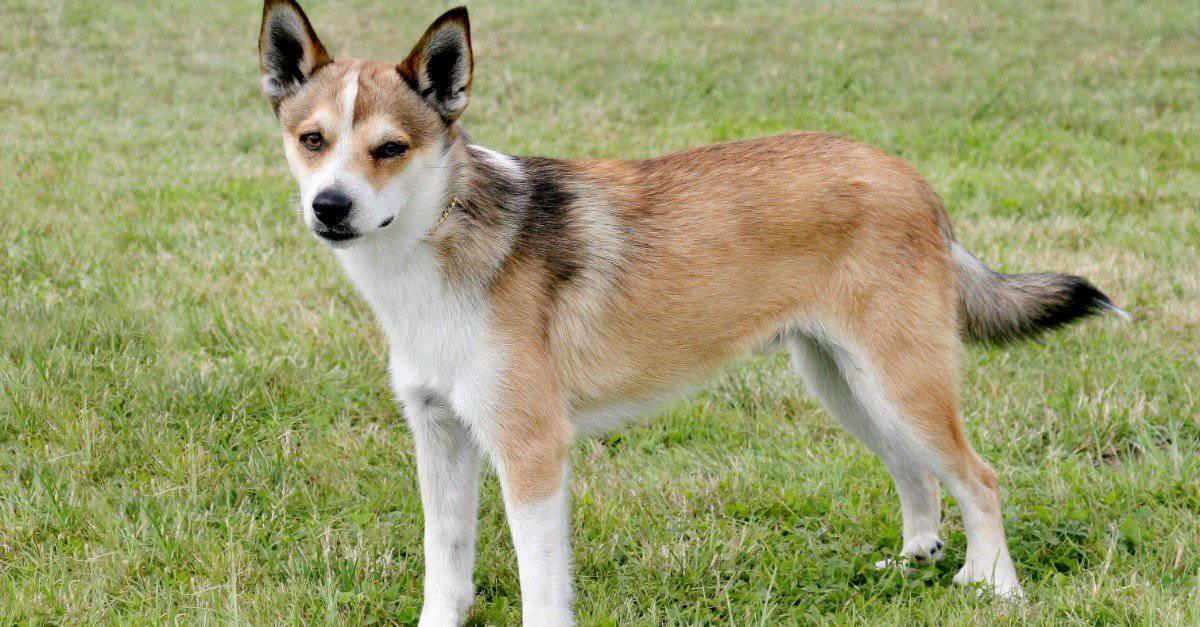
Lundehunds have six toes and extra webbing on their feet to protect their paws while hunting.
©iStock.com/CaptureLight
Finally, Lundehunds are Norway’s resident puffin hunters. The Lundehund is bred for tracking, chasing, and catching puffins off the coastlines.
During WWII, the puffin population was in a sharp decline from war and overhunting. Laws protecting puffins ceased puffin hunting as a sport. Thus, the Lundehund lost popularity. Additionally, the distemper outbreak decimated their already declining population.
Today, they are one of the rarest dog breeds in the world. Breeding organizations like the Norwegian Lundehund Outcross Project and the Norwegian Lundehund Association of America are doing their best to save the breed and maintain their relevance as family dogs. Sadly, there are only 3,000 left.
The photo featured at the top of this post is © Kuznetsov Alexey/Shutterstock.com
Ready to discover the top 10 cutest dog breeds in the entire world?
How about the fastest dogs, the largest dogs and those that are -- quite frankly -- just the kindest dogs on the planet? Each day, AZ Animals sends out lists just like this to our thousands of email subscribers. And the best part? It's FREE. Join today by entering your email below.
Thank you for reading! Have some feedback for us? Contact the AZ Animals editorial team.






